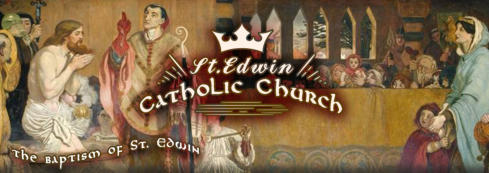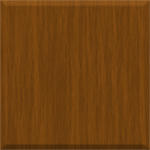
The Animals
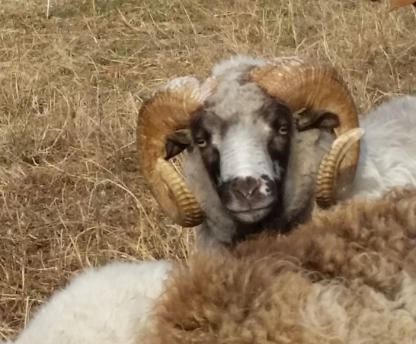
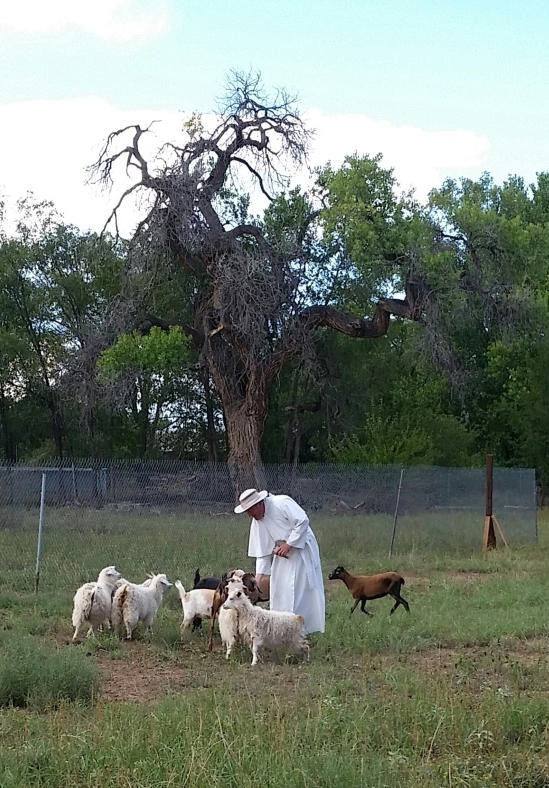
St. Edwin is proud to have seven Navajo-Churro Sheep. The breed was originally
brought by the Spaniards to the New World in the sixteenth century. Since then they
have gone extinct in Spain but survive in New Mexico and other parts of the
southwest. Navajo-Churro Sheep are hardy, disease resistant, and easy to care for.
They are ruddy with blended white, black, and dark brown features. Navajo-Churros
have a double-fleece coat offering them warmth in the cold winter months. Their wool
is prized. We ourselves have one beautiful horned ram and six darling ewes. They have
been giving birth through Fall and Winter.
Above is our ram, the carnero or macho borrego of our flock. The children submitted
names for him and chose “Copper.” We think he really enjoys his offspring playing
on his back. Sometimes he lays down right near them, practically begging them to
jump on.
Fr. Peter rewarding the goats with sweet grain after a successful photo-op.
South Valley inhabitants are no strangers to ranching. The parish property itself
was once a ranch. The various animals we keep on our property provide character,
fun, and community participation in our parish. Right now we have sheep and goats;
parishioners would like a few chickens. Above are our new shed-stables.
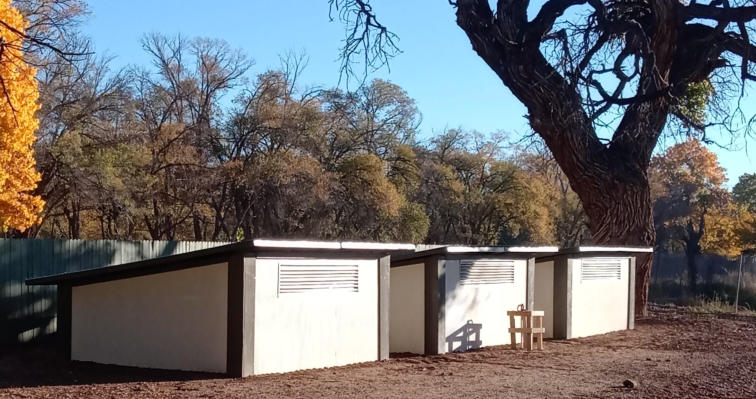
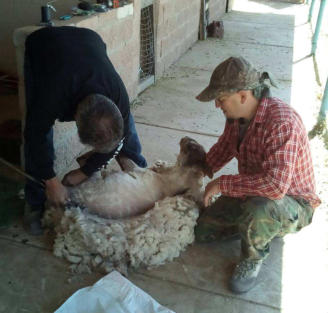
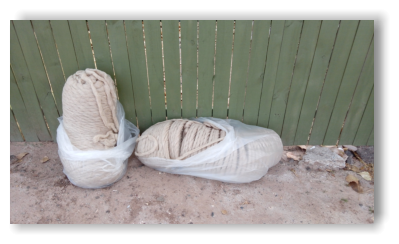
In April of 2018 we sheered our sheep for the first time. They seem to like it, running
around afterwards like children with new sneakers. We brought their fleece to New
Mexico’s Mora Valley Wool Mill, the largest wool processing plant west of the
Mississipi. Above are bags of “roving,” the scoured, carded, and combed wool. By now
it has been spun and is available in our parish store.
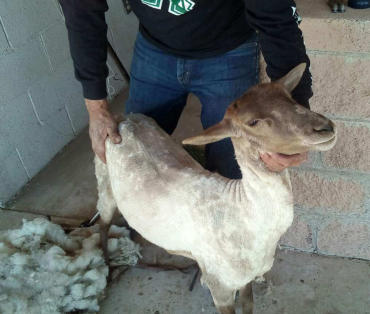
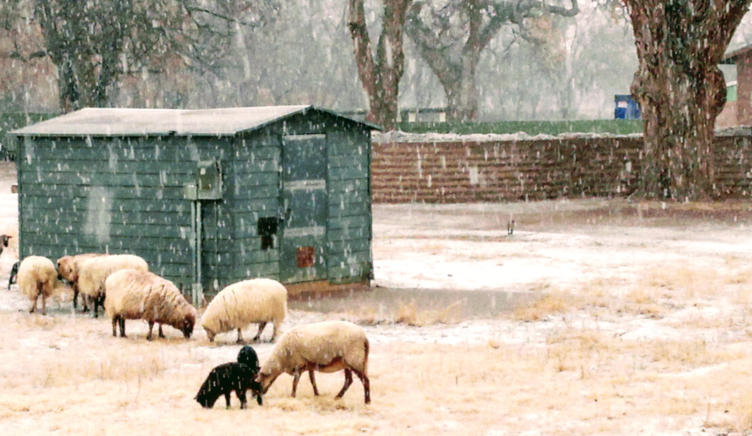
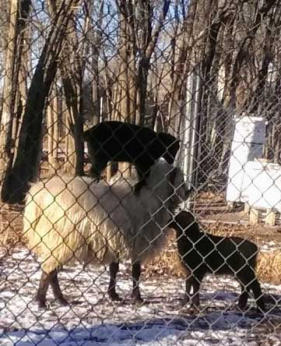
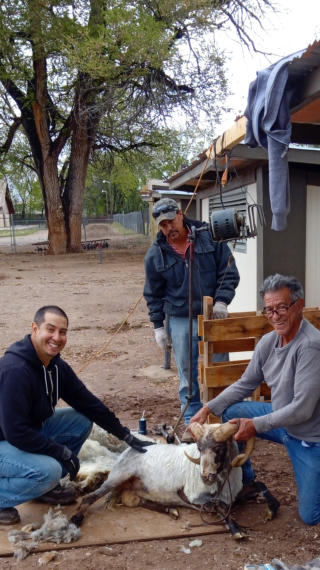
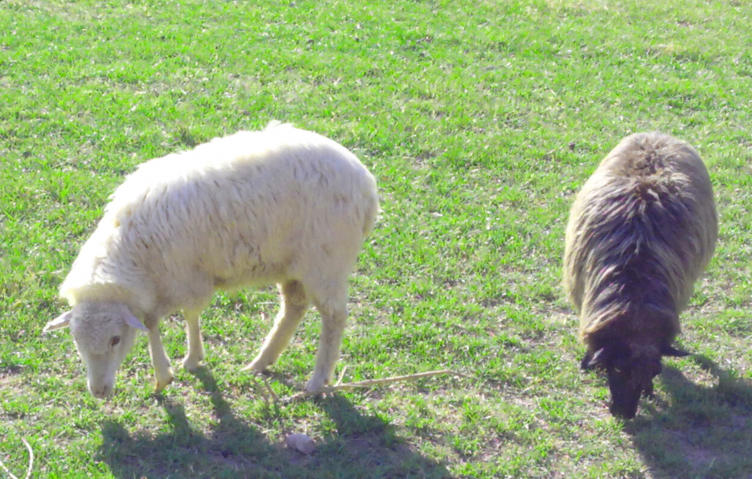
In August of 2019 St. Edwin acquired two more Navajo Churro ewes. Our little flock
of sheep is now increased to eight. On the first day of religious education the
children again voted for names and chose “Fluffy” for the one on the left and
“Shadow” for the other on the right. We hope they are enjoying their new home.
Pictured above are some of our original ewe-sheep, the female hembras borregas of
our flock. The children named the Churros “Bella,” “Cotton Candy,” “Lola,” and
“Angel.” The white ewe in the forefront is the only non-Churro. We call her “Daisy”
and appreciate the stocky offspring she delivers every year. The sheep are shy and
keep to themselves, but learn the customs of the ranch and follow the directions of
their caretakers.

Above, the first of our nanny-goats, “Canela”
with her first kid in two years.
“Buttercup” with twins this year.
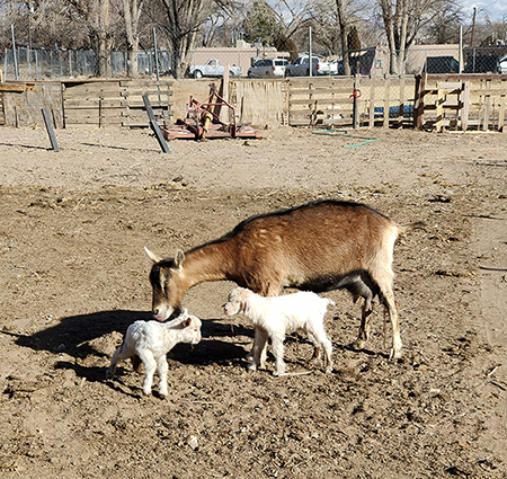
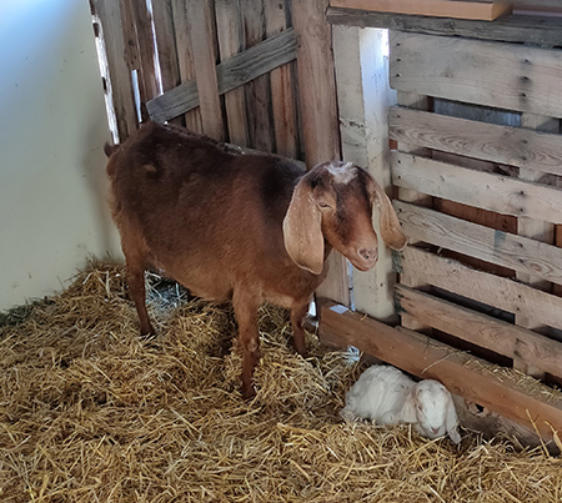
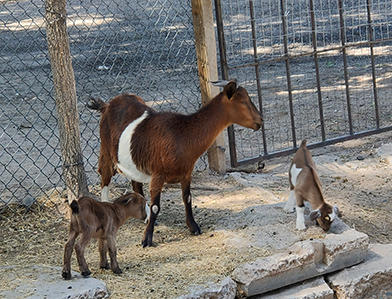
We keep around a pygmy goat with her
two kids. Everybody welcome!





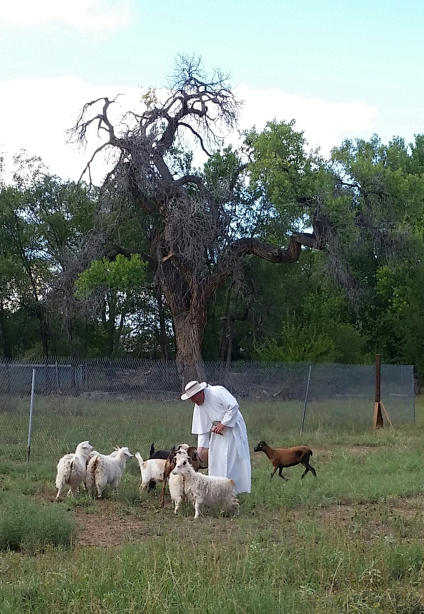
St. Edwin is proud to have
seven Navajo-Churro Sheep.
The breed was originally
brought by the Spaniards to the
New World in the sixteenth
century. Since then they have
gone extinct in Spain but
survive in New Mexico and
other parts of the southwest.
Navajo-Churro Sheep are hardy,
disease resistant, and easy to
care for. They are ruddy with
blended white, black, and dark
brown features. Navajo-Churros
have a double-fleece coat
offering them warmth in the
cold winter months. Their wool
is prized. We ourselves have one
beautiful horned ram and six
darling ewes. They have been
giving birth through Fall and
Winter.
Above is our ram, the carnero
or macho borrego of our flock.
The children submitted names
for him and chose “Copper.”
We think he really enjoys his
offspring playing on his back.
Sometimes he lays down right
near them, practically begging
them to jump on.
Pictured above are some of
our original ewe-sheep, the
female hembras borregas of
our flock. The children named
the Churros “Bella,” “Cotton
Candy,” “Lola,” and
“Angel.” The white ewe in
the forefront is the only non-
Churro. We call her “Daisy”
and appreciate the stocky
offspring she delivers every
year. The sheep are shy and
keep to themselves, but learn
the customs of the ranch and
follow the directions of their
caretakers.
Fr. Peter rewarding the goats
with sweet grain after a
successful photo-op.
South Valley inhabitants are
no strangers to ranching. The
parish property itself was once
a ranch. The various animals
we keep on our property
provide character, fun, and
community participation in our
parish. Right now we have
sheep and goats; parishioners
would like a few chickens.
Above are our new shed-
stables.
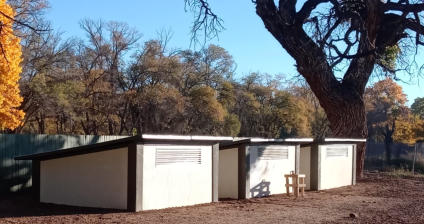
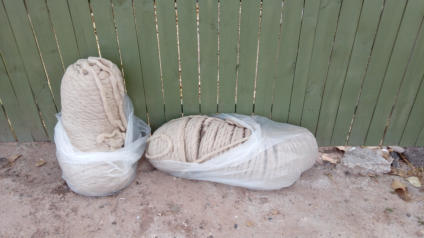
In April of 2018 we sheered our
sheep for the first time. They
seem to like it, running around
afterwards like children with
new sneakers. We brought their
fleece to New Mexico’s Mora
Valley Wool Mill, the largest
wool processing plant west of the
Mississipi. Above are bags of
“roving,” the scoured, carded,
and combed wool. By now it has
been spun and is available in our
parish store.
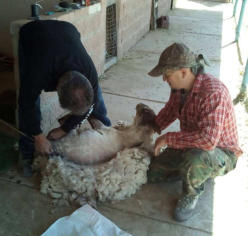
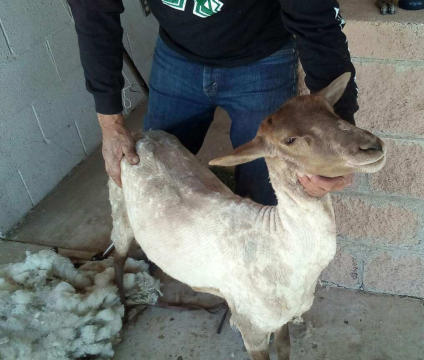
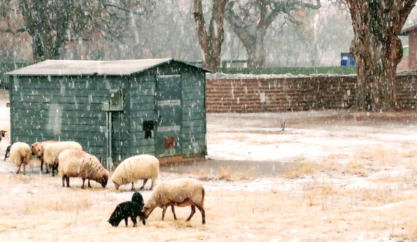
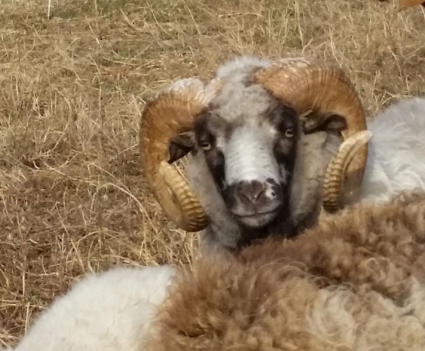
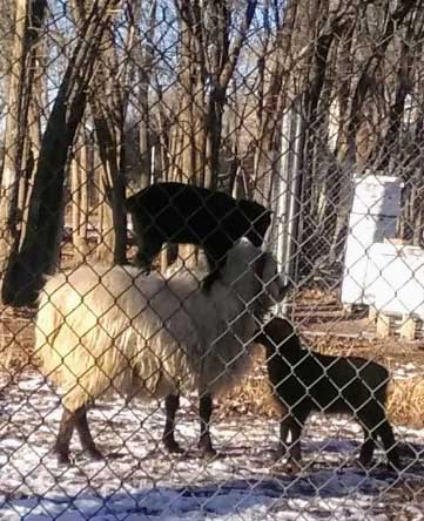
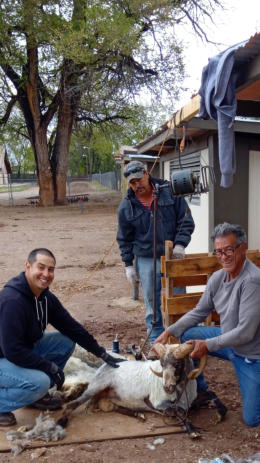
Livestock

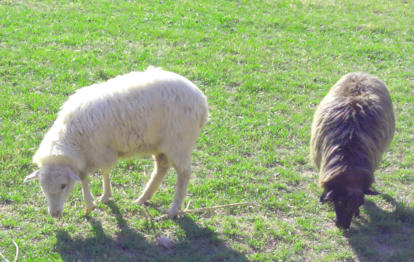
In August of 2019 St. Edwin
acquired two more Navajo
Churro ewes. Our little flock of
sheep is now increased to eight.
On the first day of religious
education the children again
voted for names and chose
“Fluffy” for the one on the left
and “Shadow” for the other on
the right. We hope they are
enjoying their new home.
Above, the first of our nanny-
goats, “Canela” with her first
kid in two years.
“Buttercup” with twins
this year.
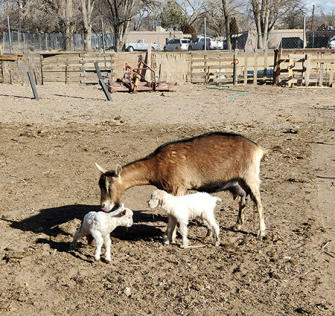
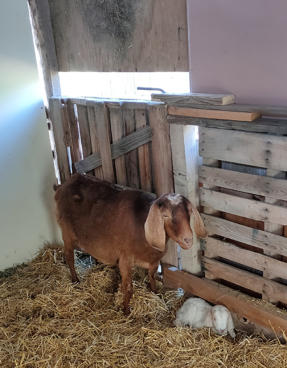

We keep around a pygmy goat
with her two kids. Everybody
welcome!
